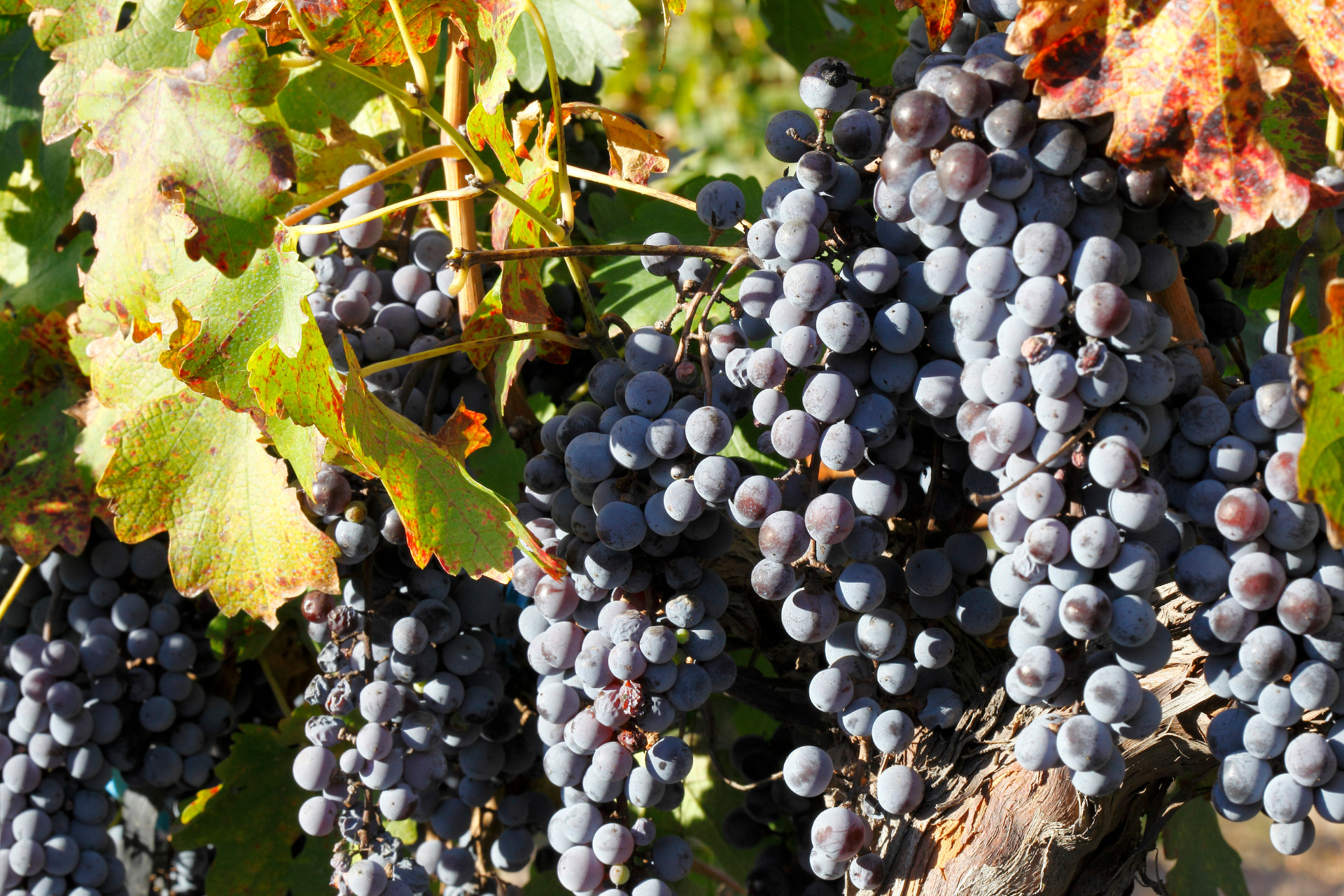Should the Wine or the Cheese Be the Star of the Pairing
Wine or the Cheese, Which Should Be the Star of the Pairing?
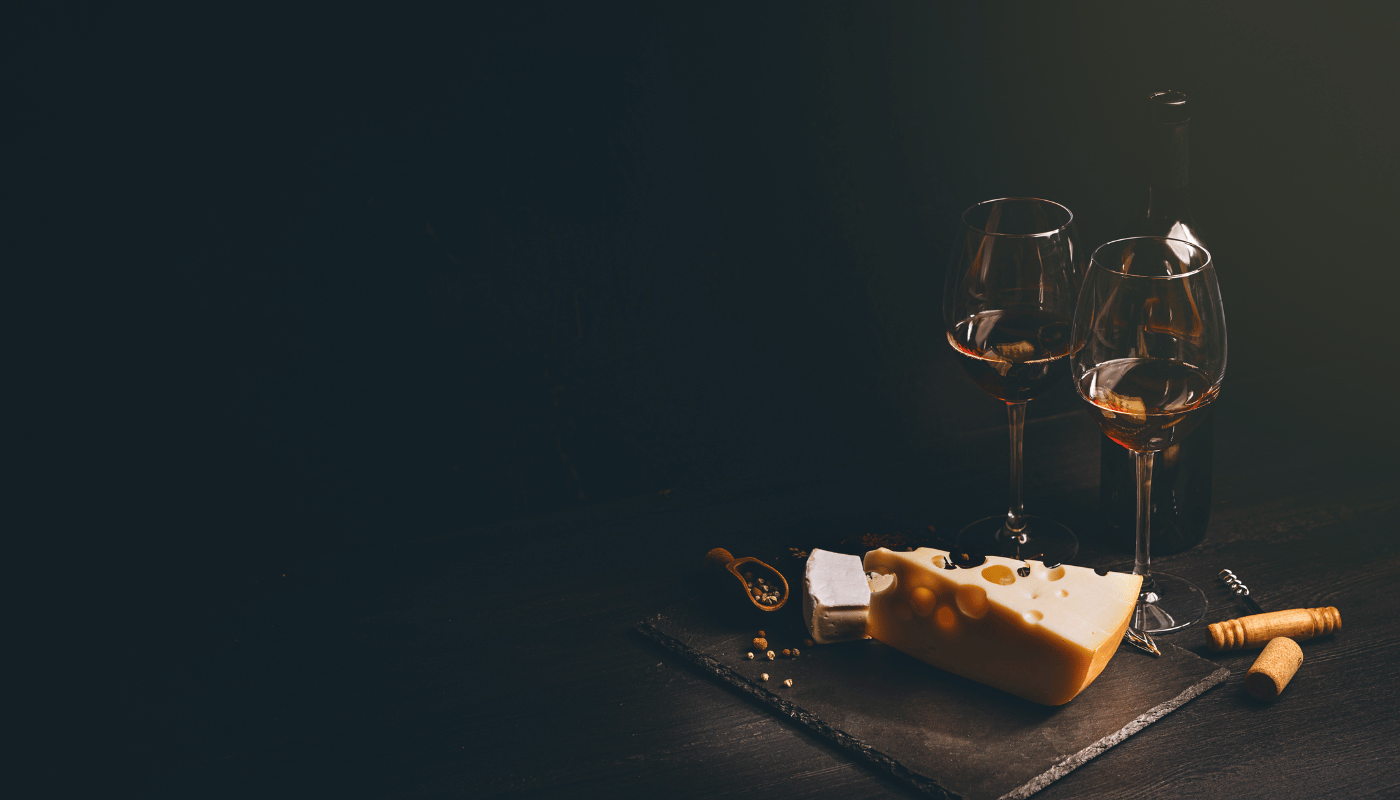
Wine and cheese are a classic duo, celebrated for their complementary flavours and textures.
But when crafting the perfect pairing, a fundamental question arises: should the wine or the cheese take centre stage?
Some argue that the pairing should enhance the cheese, others believe the wine should shine, while purists advocate for balance.
Let's explore these perspectives, diving into the interplay of flavours, textures, and pairing principles that make wine and cheese an unparalleled gastronomic experience.
The Case for Cheese as the Star
Cheese, with its wide variety of textures, flavours, and aromas, often forms the foundation of a pairing.
Each type of cheese—whether creamy Brie, sharp Cheddar, or pungent Blue—offers a unique profile that can be amplified by the right wine.
1. Showcasing Unique Cheese Characteristics
Cheese has an unparalleled ability to deliver complex flavours:
- Soft Cheeses (e.g., Brie, Camembert): These have mild, buttery flavours that can be overwhelmed by bold wines. To let the cheese shine, pair it with sparkling wines or crisp whites like Champagne or Sauvignon Blanc. The wine's acidity cuts through the fat, enhancing the cheese’s creamy texture.
- Hard Cheeses (e.g., Parmesan, Gouda): Aged cheeses develop nutty, umami-rich flavours. Wines with restrained tannins, such as Merlot or an oaked Chardonnay, highlight these characteristics without overpowering them.
2. Elevating Cheese Through Contrast
Contrasting pairings enhance the cheese’s profile:
- Sweet vs. Salty: Pairing salty cheeses like Roquefort with sweet wines like Port creates a harmonious contrast, allowing the cheese’s saltiness to stand out while tempering its intensity.
- Acidity vs. Creaminess: Acidic wines like Sauvignon Blanc or Riesling balance the richness of creamy cheeses like Burrata, making the cheese the centrepiece of the pairing.
3. When Cheese Drives the Meal
In many culinary traditions, cheese courses are focal points. Here, the wine acts as a supporting player, selected to enhance the flavours of the cheese platter. By keeping the wine understated, the cheese remains the star of the show.
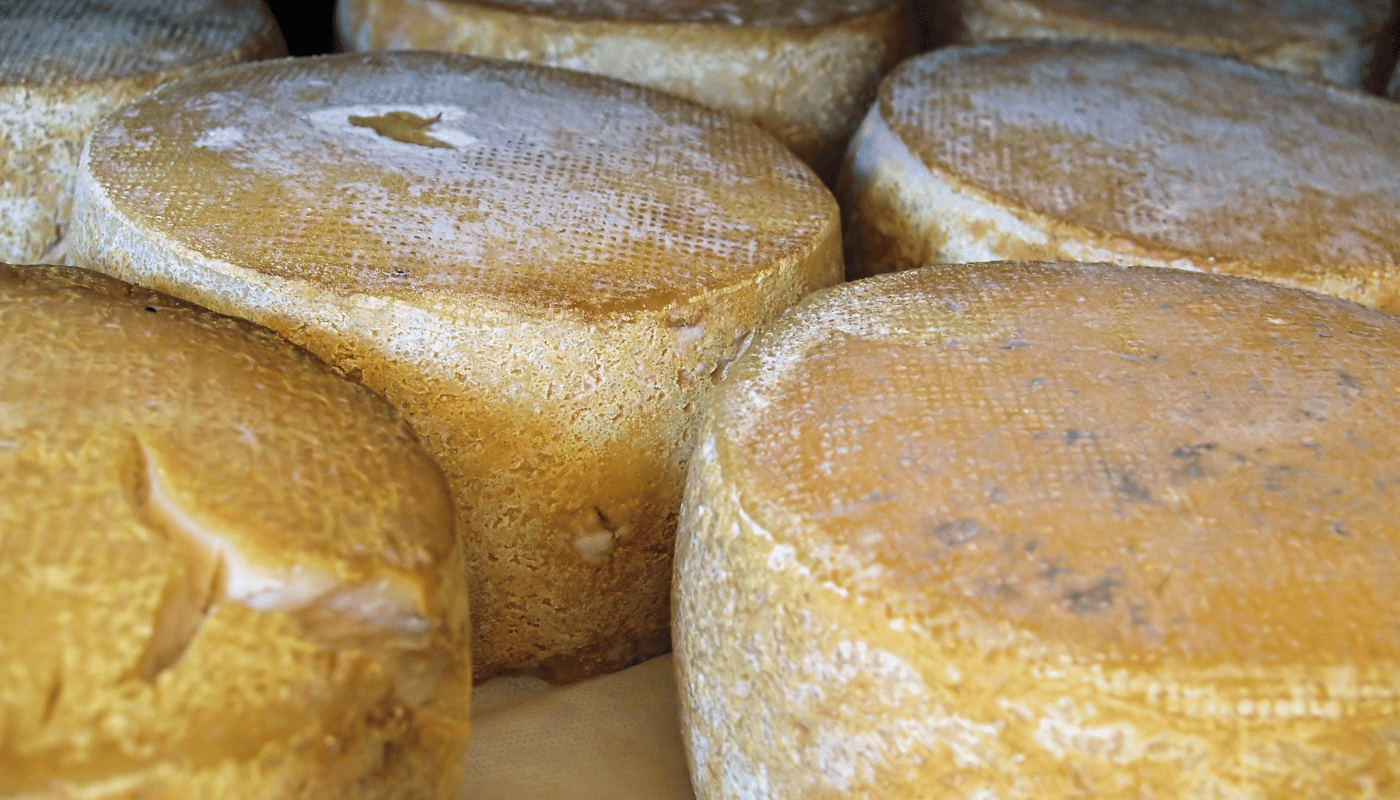
The Case for Wine as the Star
While cheese is undeniably a showstopper, wine enthusiasts often feel the pairing should accentuate the nuances of the wine.
The right cheese can serve as a backdrop, allowing the wine's complexities to take the spotlight.
1. Highlighting Wine’s Structure
Wines are celebrated for their balance of acidity, tannins, sweetness, and alcohol.
Pairing them with cheese can enhance their key characteristics:
- Tannins and Texture: A bold Cabernet Sauvignon pairs beautifully with aged Cheddar or Parmesan, as the cheese’s fat content softens the wine’s tannins, highlighting its fruity and oaky notes.
- Sweetness and Contrast: Sweet wines like Sauternes are elevated when paired with tangy blue cheeses. The saltiness of the cheese tempers the wine’s sweetness, allowing its floral and honeyed notes to shine.
2. Complementing Wine Aromas
Certain cheeses can bring out specific aromas in wine:
- Earthy Cheeses: Washed-rind cheeses like Munster enhance the earthy, leathery notes of a Pinot Noir.
- Herbaceous Cheeses: Goat cheese’s tangy, herbal profile amplifies the green, grassy aromas in Sauvignon Blanc.
3. Showcasing Rare or Exceptional Wines
When serving a vintage Bordeaux or a limited-edition dessert wine, the pairing is often designed to let the wine’s depth and complexity take precedence.
The cheese becomes a carefully chosen canvas that highlights the wine’s finest qualities.
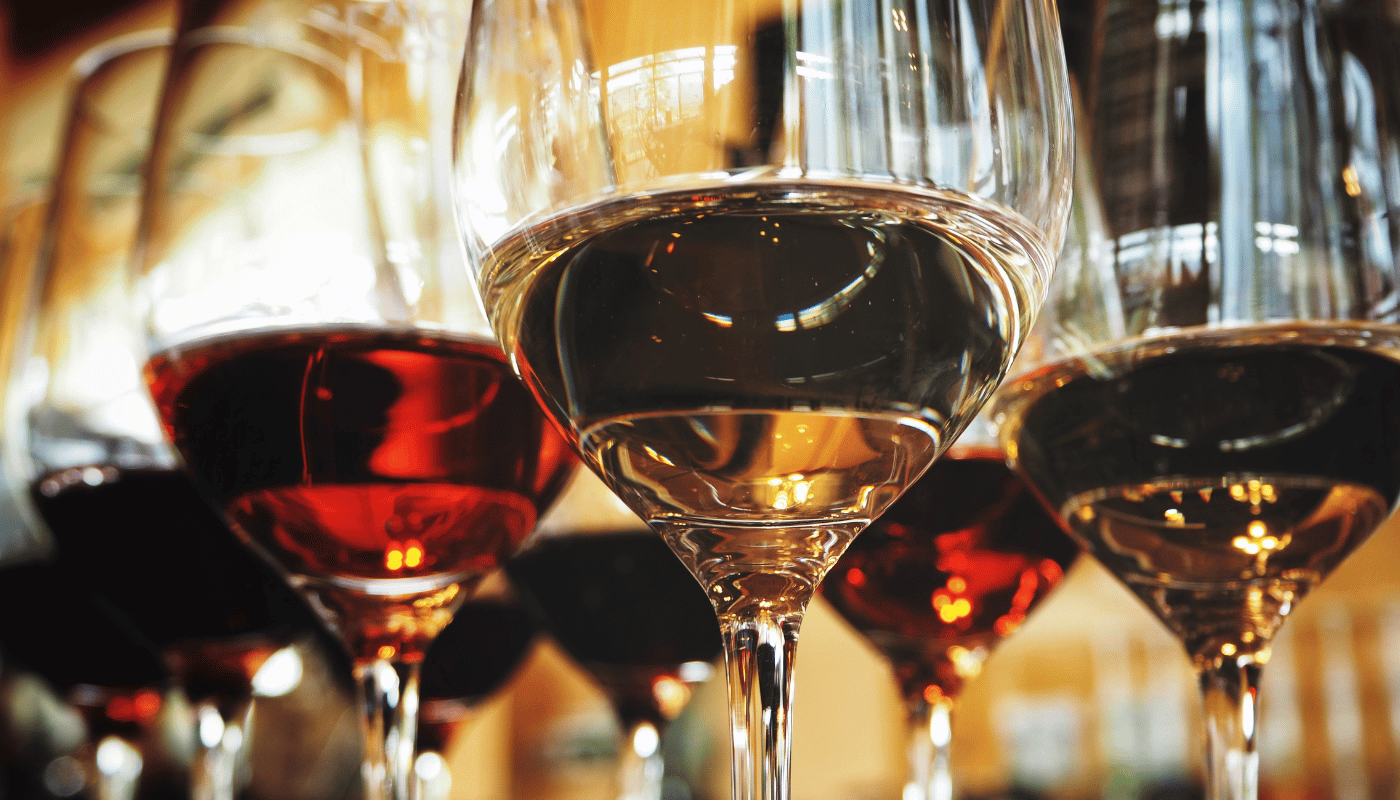
The Balanced Approach: Harmony Between Wine and Cheese
For many, the ultimate goal is to create a balance where neither the wine nor the cheese outshines the other.
Instead, the pairing becomes a seamless blend of flavours and textures that enhances both components.
1. Understanding Flavour Profiles
Achieving balance starts with understanding the key flavour characteristics of both wine and cheese:
- Acidity: Wines with high acidity, like Champagne or Sauvignon Blanc, pair well with rich, creamy cheeses because they cut through the fat without overpowering the cheese.
- Sweetness: Sweet wines like Moscato or Riesling work with salty cheeses, creating a harmonious interplay between sweet and savory.
- Tannins: Bold, tannic wines like Malbec pair best with firm, aged cheeses that can match their intensity.
2. Matching Intensity
The intensity of the wine and cheese should complement each other:
- Light Wines and Mild Cheeses: A delicate white wine, such as Pinot Grigio, pairs well with fresh cheeses like Ricotta or Mozzarella.
- Full-Bodied Wines and Strong Cheeses: A robust red like Shiraz works with strong-flavoured cheeses like aged Gouda or Roquefort, ensuring neither dominates the pairing.
3. Texture and Mouthfeel
Pairings should also consider texture:
- Creamy Cheeses: Soft cheeses like Brie or Camembert pair well with sparkling wines, as the effervescence cuts through their richness and refreshes the palate.
- Firm Cheeses: Hard cheeses like Parmesan or aged Cheddar pair beautifully with wines that have a rich mouthfeel, such as Merlot or Chardonnay.

Practical Tips for Perfect Pairings
To achieve the ideal balance between wine and cheese, follow these practical guidelines:
1. Taste in the Right Order
When serving multiple pairings, start with lighter wines and cheeses before moving to richer, more intense options. This progression allows the palate to gradually adapt and appreciate the full range of flavours.
2. Experiment with Pairing Styles
There are two main pairing approaches:
- Complementary Pairings: Match similar flavours, such as a nutty Gouda with a buttery Chardonnay.
- Contrasting Pairings: Pair opposing flavours, like a salty Stilton with a sweet Port.
3. Consider Regional Pairings
Regional pairings often work well because wine and cheese from the same area share complementary characteristics.
For example:
- French Brie and Champagne
- Italian Pecorino and Chianti
- Spanish Manchego and Tempranillo
When to Let the Cheese Shine
- Cheese Tastings: When showcasing an artisanal cheese platter, the wine should serve as a complement, allowing the cheese’s unique qualities to take centre stage.
- Culinary Focus: If the cheese is part of a larger meal (e.g., fondue or a cheese board), the wine should support the dish rather than dominate.
When to Let the Wine Shine
- Wine Tastings: When serving an exceptional bottle of wine, select a cheese that enhances its finest qualities without overpowering it.
- Celebratory Occasions: If the focus is on a rare or vintage wine, the cheese should be mild and complementary.
Final Thoughts
Ultimately, the choice of whether the wine or cheese should be the star of the pairing comes down to personal preference and the context of the experience. Whether you’re aiming to highlight the creamy decadence of a triple-cream Brie, the bold complexity of a vintage Bordeaux, or a harmonious balance between both, the key is to experiment and enjoy the journey.
Pairing wine and cheese is as much about creativity and exploration as it is about rules.
By understanding how flavours, acidity, tannins, and sweetness interact, you can craft pairings that delight the palate and elevate both elements to their fullest potential.
Wine and Cheese Affair News

